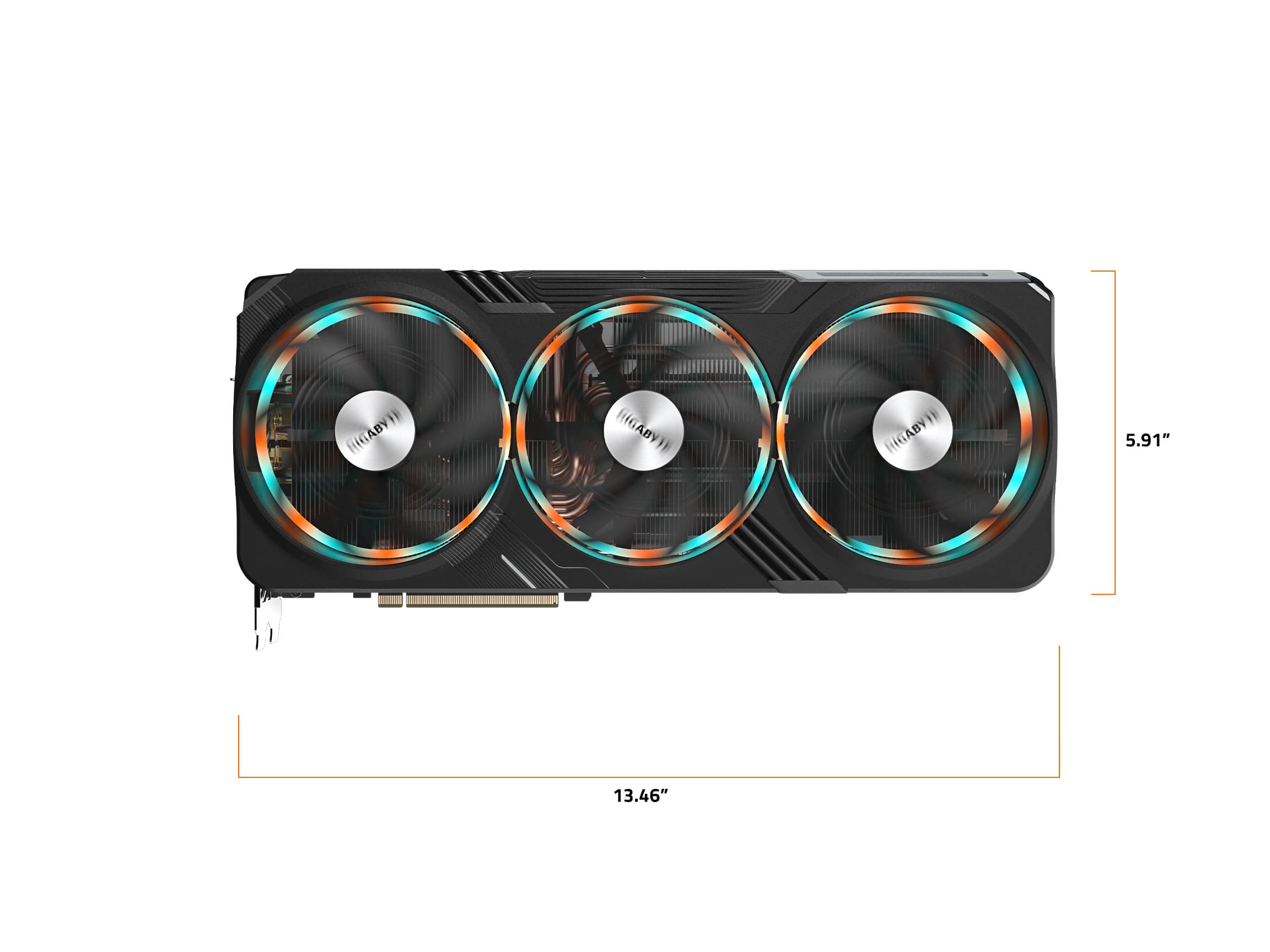CSGO Chronicles: Unfolding the Gaming Universe
Dive into the latest news, tips, and trends in the world of Counter-Strike: Global Offensive.
GPU Showdown: The Battle of Frames and Fancies
Discover the ultimate GPU showdown! Uncover which graphics card reigns supreme in the battle of frames and fancies. Don't miss out!
Top 5 GPUs for High-Performance Gaming in 2023
As gamers seek to elevate their gaming experience in 2023, choosing the right graphics processing unit (GPU) becomes paramount. High-performance gaming demands not just speed but also stunning visuals, and the latest GPUs in the market rise to the occasion. Here are the top 5 GPUs that gamers should consider this year:
- NVIDIA GeForce RTX 4090 - Known for its exceptional ray tracing capabilities, this GPU is a powerhouse for high-performance gaming.
- AMD Radeon RX 7900 XTX - Bridging power and affordability, this card offers an impressive 4K gaming experience.
- NVIDIA GeForce RTX 4080 - With its efficient architecture, it provides stunning performance for AAA titles.
- AMD Radeon RX 6800 XT - A great value option for 1440p gaming that supports high refresh rates.
- NVIDIA GeForce RTX 4070 Ti - Perfect for those wanting to play with high settings at 1440p without breaking the bank.

Ray Tracing vs. Rasterization: Which Is Right for You?
When it comes to rendering graphics, Ray Tracing and Rasterization are two of the most common techniques, each with its own unique advantages. Ray Tracing simulates the way light interacts with objects in a scene, producing highly realistic images with accurate reflections, shadows, and refractions. This method is widely used in applications requiring photorealism, such as cinematic movies and high-end video games. On the other hand, Rasterization is a faster rendering technique that converts 3D models into 2D images by projecting vertices onto a plane. It is typically used in real-time graphics applications where speed is crucial, making it the preferred choice for most gaming engines.
Choosing between Ray Tracing and Rasterization largely depends on your specific needs and the hardware you're using. If you prioritize visual fidelity over performance, consider leveraging Ray Tracing capabilities, especially if your system supports it. However, if you are developing for platforms that require smooth frame rates and responsiveness, Rasterization is likely the more practical solution. Additionally, many modern engines are incorporating hybrid approaches that utilize both techniques, offering a balance of eye-catching graphics and efficient performance, allowing you to enjoy the best of both worlds.
How to Choose the Perfect GPU for Your Build: A Comprehensive Guide
Choosing the perfect GPU for your build can be a daunting task, especially with the vast array of options available on the market today. To start, it’s crucial to understand your needs and usage scenarios. Are you a gamer looking for high frame rates, or a content creator needing powerful rendering capabilities? Begin by assessing the performance requirements specific to your applications. Take into account the resolution at which you plan to play or work—higher resolutions demand more from your graphics card. Furthermore, consider the budget constraints and whether you'll choose to invest in a mid-range card that provides solid performance or a high-end option for maximum efficiency.
Once you have determined your needs, it’s time to delve into GPU specifications. Look closely at factors such as VRAM, clock speeds, and thermal management, as these can significantly impact performance and stability. For a seamless gaming or creative experience, aim for at least 6GB of VRAM, particularly if you’re gaming at 1440p or 4K resolutions. Additionally, consider the compatibility of your selected GPU with your existing system components, including the motherboard, power supply unit (PSU), and physical space within your case. By balancing performance, specifications, and compatibility, you'll be well on your way to choosing the perfect GPU for your build.